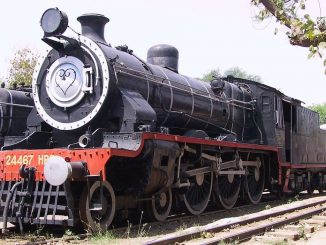
Steam Locomotive
In the nineteenth century, the various railway concessions ordered locomotives to their own specification, usually from British manufacturers. […]

In the nineteenth century, the various railway concessions ordered locomotives to their own specification, usually from British manufacturers. […]

 These locos are modified versions of the WDG-4 class locos, used for passenger operations. They have a reduced axle load of 20.2t (compared to the WDG-4’s 21t axle load), achieved mainly by trimming the weight of the underframe. The gear ratio is 17:77, horsepower rating of 4500hp (brake horsepower 4150hp), and the maximum tractive effort is 384.4kN. […]
These locos are modified versions of the WDG-4 class locos, used for passenger operations. They have a reduced axle load of 20.2t (compared to the WDG-4’s 21t axle load), achieved mainly by trimming the weight of the underframe. The gear ratio is 17:77, horsepower rating of 4500hp (brake horsepower 4150hp), and the maximum tractive effort is 384.4kN. […]


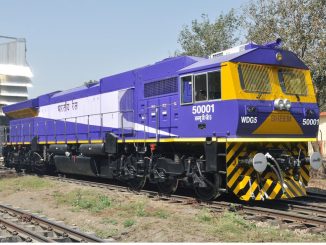
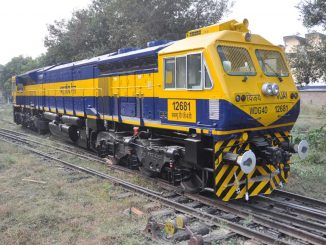
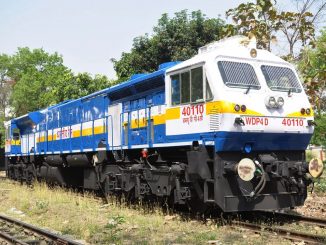
This class designation does not follow the directive to use the suffixed letter to indicate an increase in power over the base model. Instead, the “4D” designation here refers to a dual-cab version of the WDP-4 / WDP-4B design, intended to eliminate the problem of running long hood forward. […]
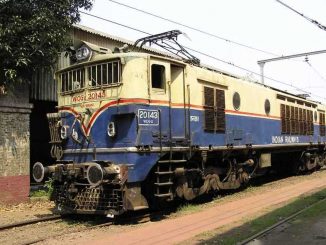
This loco has a very loud noise caused by the blowers used to cool the dynamic brake resistors. Mumbai division has about 50 WCG-2s. In all in India there are 57. The WCG-2 locos, normally coupled in pairs or triples, haul freight trains in the Mumbai – Igatpuri and Mumbai – Pune sections. They are also used as bankers on the ghat sections. […]
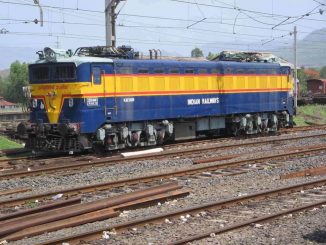
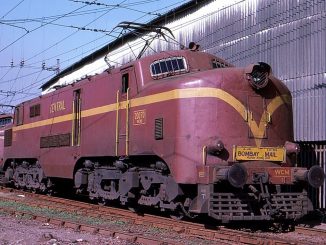
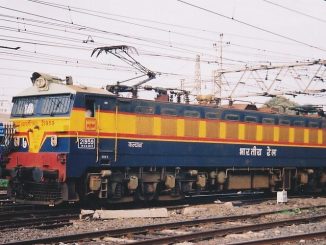
These upgraded dual-traction models deliver 4600hp in DC mode and 5000hp in AC mode, and were jointly developed by RDSO and BHEL in 1997. Components are shared with the WCAG-1 locos (see below). Co-Co fabricated bogies (High-Adhesion — shared with WCAG-1, WAG-7, WDG-2, etc.) with secondary suspension. […]
Copyright © 2025 | MH Magazine WordPress Theme by MH Themes